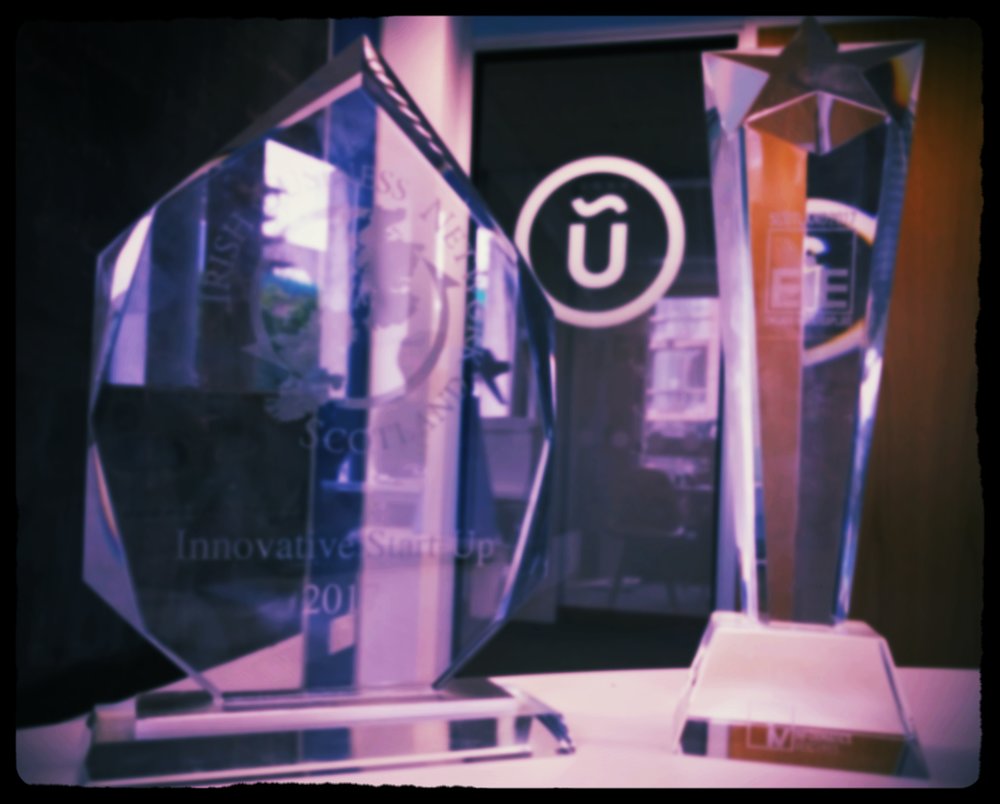Exploring Global Smart Cities.
5 examples of initiatives that embrace and promote smart qualities.
December 5, 2014

5 more examples of initiatives that embrace and promote the qualities that the industry stands for.
1. Transport in South Korea

Problem - Seoul wish to, reduce the Carbon emissions from personal vehicles, decrease the traffic load on the road system, provides incentives for individuals to use more efficient forms of transportation, encourage a shift from private/personal transportation to public transport services and to improve the overall efficiency of the existing road networks.
Solution - The key features of the pilot desinged to achieve these aims include:
GPS units fitted to vehicles to monitor travel and provide feedback to the user, Mobility account which includes payment functionality/details, Operation centre, a WIFI technology base for communications and Road Side Units for the collection and transmission of data.
More holistically, the 'Smart Transportation Pricing' solution is an on going (which started in 2007/08) pilot in Seoul, which aims to expose the true cost of road transportation and seeks to apply a variable cost structure for the taxation and charging of its use.
Results - Very encouragingly, the following results have yielded from the pilot so far;
- A reduction of 13.7% in traffic volumes,
- A 5.56% improvement in the speed of vehicles,
- A 5.13% reduction in overall travel time,
- A 13.4% reduction in vehicle kilometre trip
All of which begs the question – why is this smart pilot not been matured into a permanent feature of South Korea’s transport strategy?
In short the major barrier is citizen approval. But this is only because all of the facts have not been publicly made available yet.
As is always the case with a different and changing form of taxation, citizens need to understand what they are paying for and how much it is going to cost. A report has been finalised by the administrators of the pilot and the expectation is that approval will be given and the project rolled out across the country very soon.
2. A+Arena

Problem - Not so much a 'problem' as a statement of intent, a 'smart' project regarding the AArena (The Netherland's largest stadium and scene of a harrowing 6-0 defeat for Scotland - but we won't go into that!) focuses specifically on modernising and improving in the following areas;
- mobility and accessibility
- energy and sustainability
- entertainment and relaxation
- safety and security
Solution - In the first deal signed with innovation partners from Amsterdam themselves, ICT solutions for crowd management and energy grids have been developed and connectivity and resources for visitors have been improved with tablets and smart phones available for use in the ground.
Results - the pilot is in its early days so far but one example of success in sustainability can be found with the installation of the second largest solar roof in the Netherlands on top of the venue. If 4,200 solar panels aren't a great sign of things to come for the stadium and surrounding area then who knows what is.
3. ChicaGo Getters
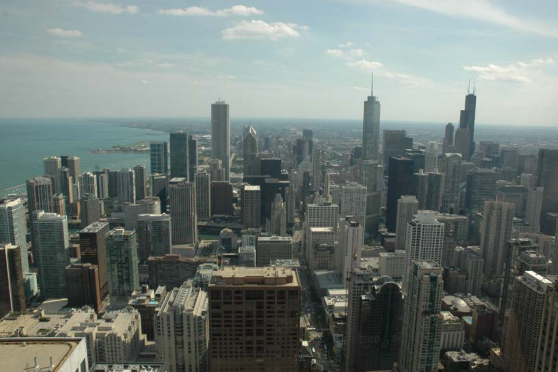
Problem - In general terms, Chicago had been shown to be ‘a little behind’ their peers in the 'Smart City' arena. For instance the city had no open data policy to speak of and there was a significant dearth of leadership and governance in this area.
Solutions - Chicago has initiated several trials and pilots, in a targeted approach to achieve ‘City–as-a-platform’, where products and services can be built on city owned resources. The Smart Chicago Collaborative is the body responsible for these projects and is comprised of the City council, the MacArthur Foundation and the Chicago Community Trust, One such project which is highly encouraging concerns citizen engagement.
Citizens should always be the primary focus and here they represent a key stone pilot as Chicago seeks to embody transparency, accountability, analytics and economic development.
There are 4 strands to the pilot:
- The City that Networks – this is a key position report that will stipulate the digital inclusiveness of the city.
- Digital Skills Initiative – this will see the establishment of a central hub, tech training will be made available across departments and agencies that get federal funding.
- Connect Chicago – this is a loose network of 250 places that make available – Wi-Fi, computer access, online learning resources and digital skills training, free of charge.
- Smart Health Centres – In low-income areas, trained health information specialists will help patients connect with their medical records and learn more about their conditions.
Results - The pilot is currently going well, yet as always there is a need for human and financial capital to ensure it’s on going success. The most encouraging 'result' however is the scale of positive development in the wake of effective governance and leadership. If you are organised, conscientious and inclusive, progress will be made.
"This is an organisation that is specifically focused on digital literacy and government efficiency and it really is proof that this outside-in approach to smart cities works in Chicago."
- Mr Tolva, previous CTO of Smart Chicago Collaborative
Read more here.
4. Kings Cross on the Right Tracks

Problem - Kings Cross and the surrounding space including Regent's Canal represent one of the most run down areas in Central London.
Solution - The regeneration project at Kings Cross represents the largest of its kind in Europe. Developed as an ‘archetype for highly sustainable design and construction solutions’ the project comprises of 67 acres, hosting 20 new streets, 10 new public paces, 3 new bridges and significant enhancement of the Regent's Canal. 20 old buildings have been reused as some commentators have described the initiative as a ‘model urban community’.
Results - There is a 2-form primary school, multiple health and leisure centres as well as plans for the most energy efficient building in central London – 1 Goods Street which will operate at 60% more efficient than industry standard benchmark.
The eclectic mix of old and new architecture plays host to a variety of cutting edge, energy efficient technology including, CHP, roof mounted wind turbines, photovoltaics, ground source heat pumps and solar thermal systems to provide for every energy need the residential and commercial property could possibly have.
Kings Cross already has fantastically established 'Smart' transport links, providing great access to citizens both globally and abroad and has been dubbed ‘one of the most sustainable and energy efficient developments in the U.K’. The scheme is due for completion in 2020.
Read more here and click the link to 'case studies'.
5. Walk This Way

Problem - It is no secret that as our population grows and with that so does our energy use. Alternatives need to be found to cut CO2 emissions whilst maintaining and improving quality of life.
Solution - The energy problem will not be solved by 1 solution. It will be a combination of existing and to be developed technology. One such innovation comes from London company, Pavegen, who have developed a pavement/floor tile, made from 95% recycled car tyre which can convert the footsteps that fall on them into energy. Around 8 watts of energy is produced per step and 1% of that is used to power the wireless capability of the tile which in turns sends data and information for analysis.
Results - 12 tiles were installed at the London Olympic Park. Over the course of the games 72 million joules were produced, enough to power the lights at nearby West Ham station for 5 hours a night. Tiles at the Paris marathon generated enough power to light up a village in a developing nation for a day. The tiles have also been installed in schools and work places, with one office installing some in their main entrance and making the data freely viewable by workers.
The initiative has come in for slight criticism that it doesn't generate enough power - but it is part of the solution, not the whole thing, and with that in mind it lends a fantastically innovative 'helping hand'.
Read more here.
More
Unlocking Ireland's Data Potential: Navigating the Open Data Directive with UrbanTide
News

UrbanTide's Commitment to Security: Officially ISO 27001 Certified!
News

uZero was awarded the edie Net Zero Innovation of the Year: Software, Systems & Services Award
News

Tackling the growing fuel poverty crisis and supporting the Just Transition to net zero
News

Low Carbon Homes’ Home Upgrade Show: Innovations in Retrofit
News

Data Integration and Collaboration are critical for the future of Transportation: Insights from JCT Symposium
News

uMove to support Bedfordshire Council to achieve ambitious sustainability plans
News

Active travel, the current challenges and solutions
News

Using the power of data to build cities of tomorrow
News

uMove supports the Smart Manuals for Streets programme from DfT
News

Scotland's Cycling Framework Makes Infrastructure Greatest Priority
News
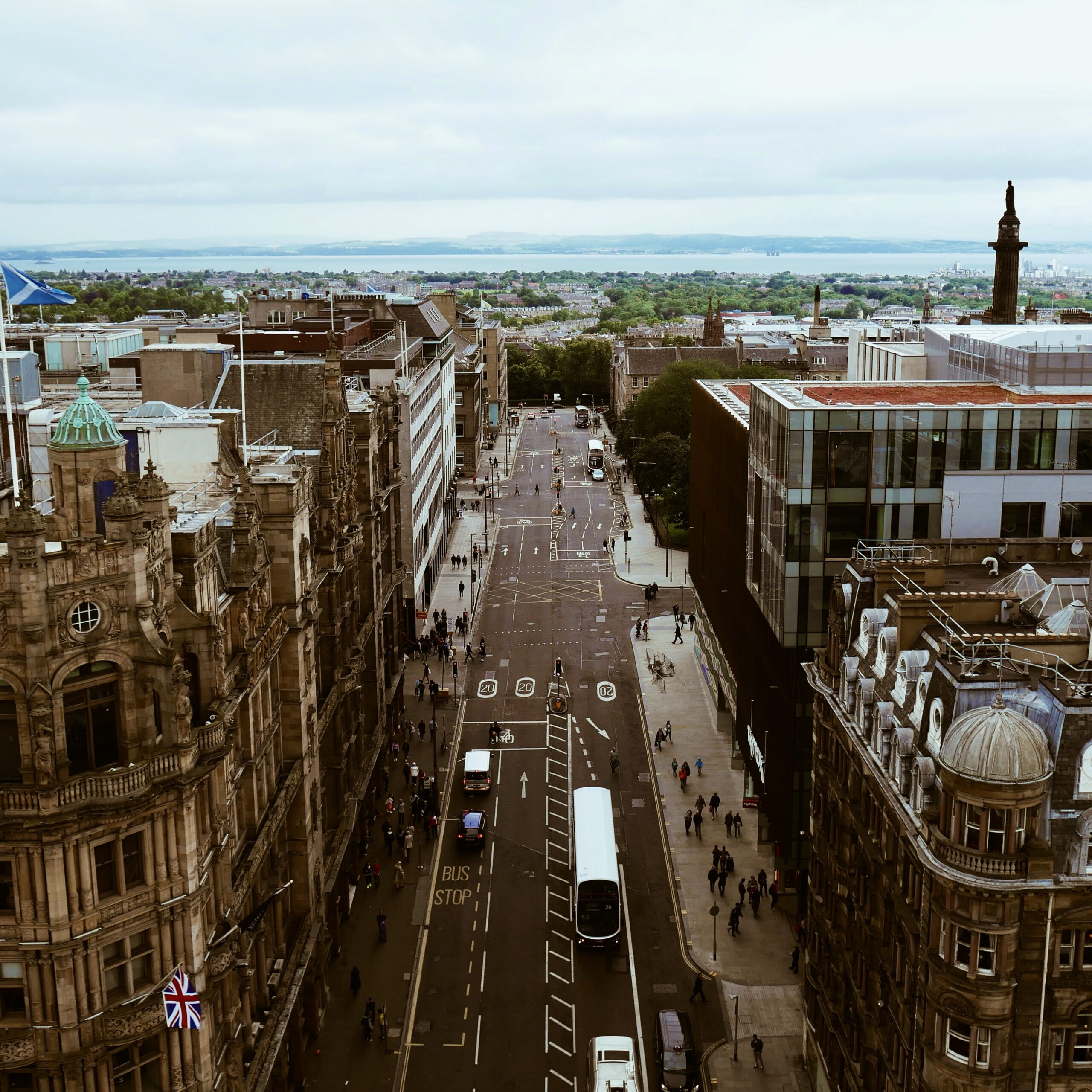
Reducing emissions and improving health with active travel
Cycling Scotland

Targeting energy-efficiency campaigns to households most in need
Greater South East Net Zero Hub

Protecting an aging population from fuel poverty
Dartford Borough Council and Dover District Council

Identifying households eligible for energy grant support
The Wise Group

Facilitating active travel behavioural change with data
SEStran

Helping identify customers in or at risk of fuel poverty.
UK Power Networks

Open data promotes transparency, builds trust and empower citizens
Ireland Open Data Training

Identifying and unlocking new revenue from business rates with AI
North Lanarkshire
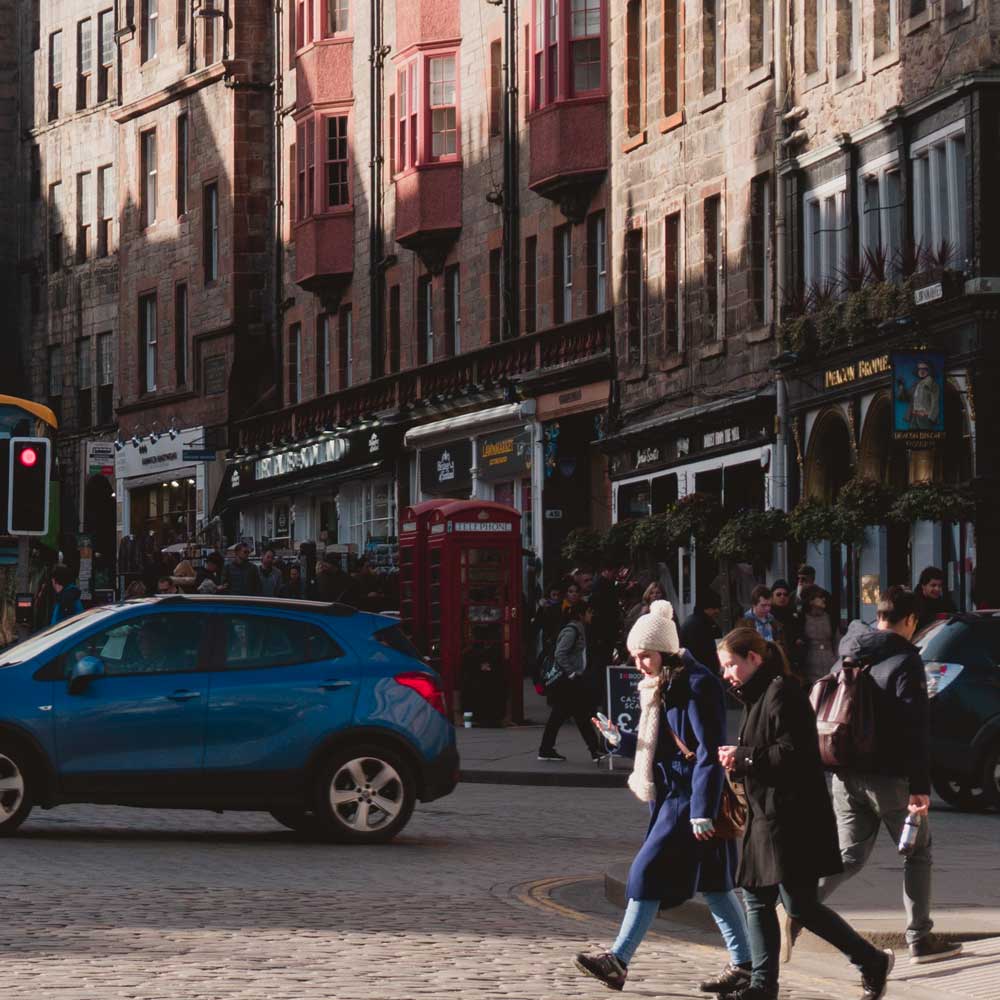
Tackling the growing
fuel poverty crisis with data and AI
UKRI

Understanding how we live and use our homes with real-time energy data
Smartline
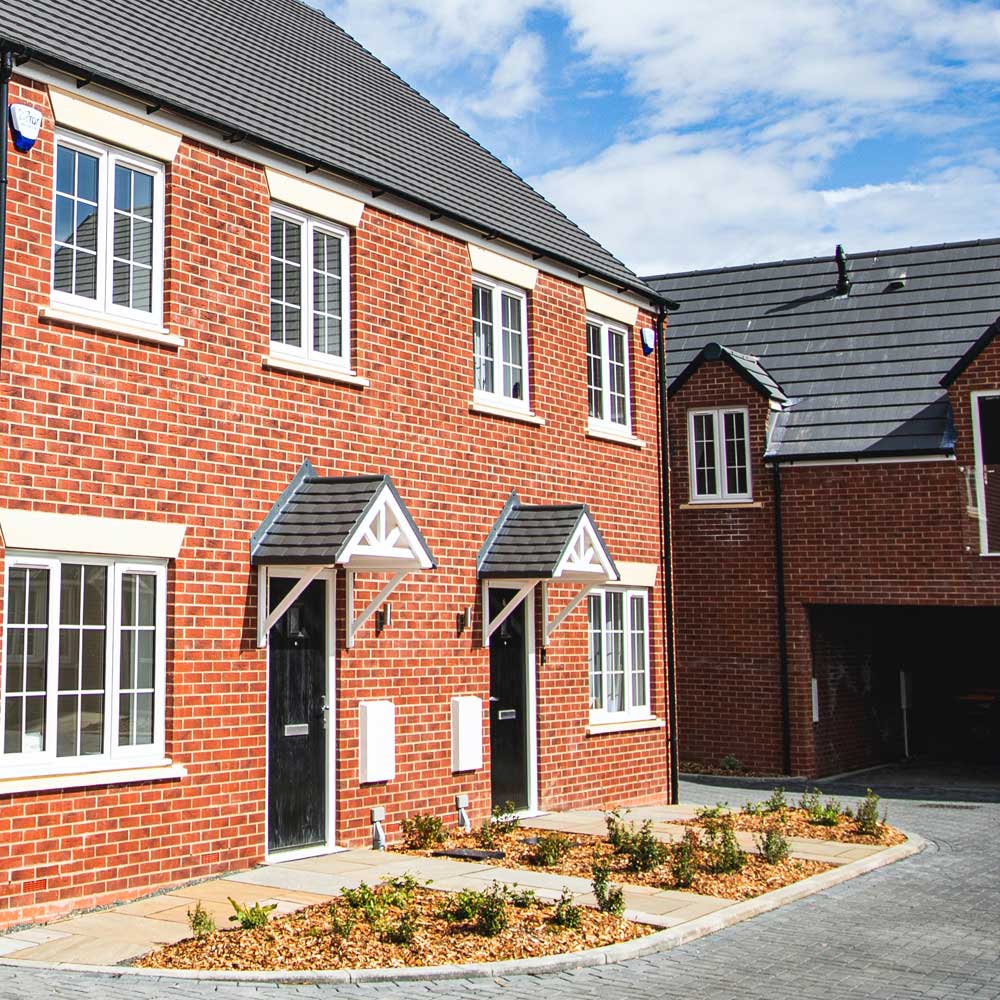
Managing the impact of noise pollution on our cities
Noiseability

Accelerating the transformation of the UK’s energy systems
Energy Systems Catapult

Creating an integrated, affordable low-carbon energy system of the future
ReFLEX Orkney

Investing in sustainable transport infrastructure to become carbon neutral
Somerset County Council

Identifying ageing households at risk of cold and damp home
Sunderland City Council

Innovate UK funding to help our Planet Centred approach to retrofitting Europe’s leakiest homes
News

Open data is now a legal requirement in Ireland and the EU
News

New ‘uZero’ Artificial Intelligence software could help millions with their fuel bills
News

UrbanTide helps secure £48 million funding for Scottish Cities Alliance
News

UrbanTide leads £24 million program to make Glasgow a Future City
News

Building smart communities for OPEN Glasgow Engagement Programme
News

UrbanTide launches IoT data insights platform, uSmart
News

uZero announced as UKRI MEDA competition winner
News

Social Connect is a unique UK Power Networks (UKPN) innovation project
News

UrbanTide announces partnership with Energy Systems Catapult
News

UrbanTide marks four years of Open Data training in Ireland
News

Noisability: UrbanTide wins major bid as part of SynchroniCity program
News

UrbanTide joins prestigious Artificial Intelligence accelerator
News

UrbanTide recognised at ScotlandIS Digital Technology Awards
News

ODI publishes case studies that show how open data can be used in service redesign
News

UrbanTide teams up with North Lanarkshire Council to make better services with data
News

UrbanTide, Snook and North Lanarkshire Council announced as finalists for the 2018 Digital Technology Awards
News

Innovative smart communities IoT project powered by USMART
News

The Power of Data Science in the Health and Care Sector
News
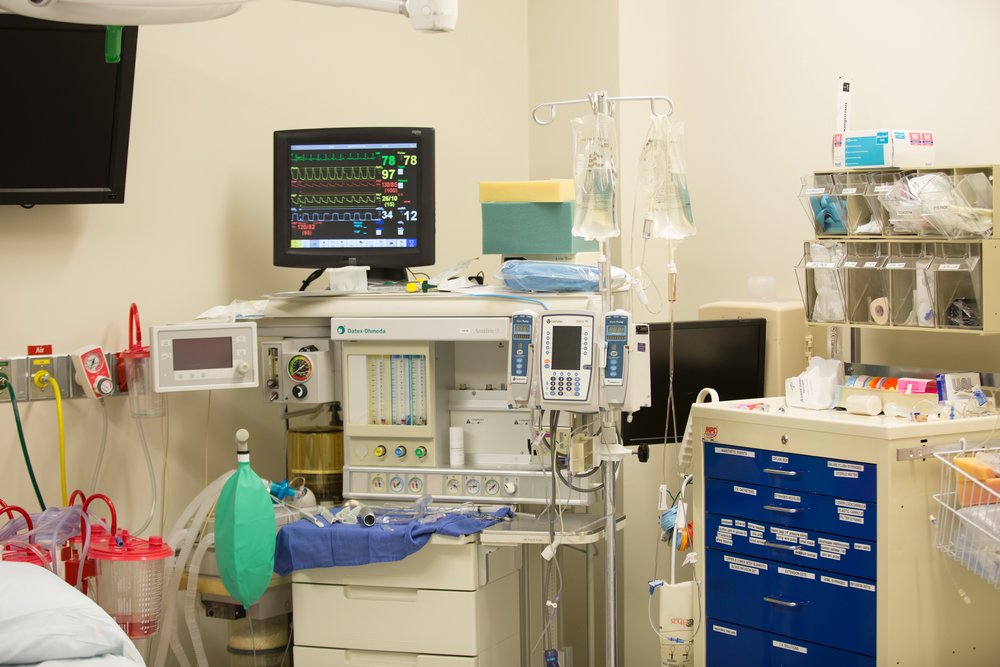
UrbanTide to help transform Ireland by unlocking the power of open data
News

Stay ahead of the curve by learning more about these new smart cities standards
News

#DataFest17 - 12 key lessons we learned about smart cities, communities and the future of data
News

Emerging ideas for a renewed (Y)Our Glasgow City Centre
News

Future Health Hack - building the future of healthcare one line of code at a time
News

Meet our API Data Explorer – aka your new best friend if you are working with big data
News

Car parks ‘extinct’ in smart cities of the future?
News

3 awesome USMART features - with more coming soon!
News

Data scientists and USMART: a match made in heaven
News

We are now Regional Supporters of Open Data Impact Map
News

Next generation open data platform looking for beta testers!
News

Glasgow city centre regeneration - how smart can Glasgow be?
News

Open data - is the open private sector the next frontier?
News

Open data everywhere! Review of open data maturity in Europe, UK and Scotland
News

Feedback from our year delivering open data training for Scottish Government
News

Announcing our new open data training programme
News

Glasgow City Centre District Regeneration Frameworks
News

Metadata and metadata standards- reflections from our Chief Operational Officer
News

All about our Smart Cities Maturity Self-Assessment Tool
News

Open data training for Scotland's public sector
News

Engage - invest – Exploit (EiE) or Enjoyable - interactive - Experience (EiE)
News

UrbanTide and India: 5 Lesson's Learned from Simon's Trip to the Subcontinent
News

Cisco and the Smart Cities Council: 4 Messages from America...
News
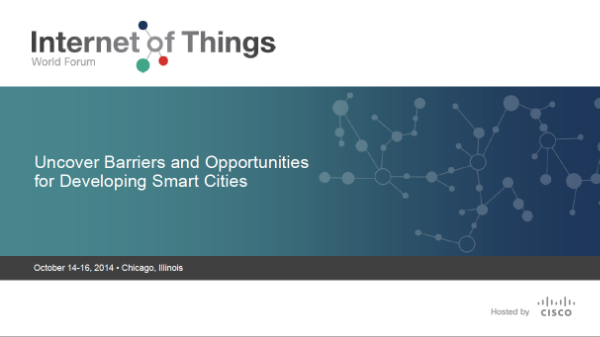
Edinburgh continues to iterate, and then iterate again
News

Start your journey
Take a look at our product page to find out which UrbanTide AI tool has been designed for your needs.
Find out how we can support your data and AI projects and see our growing AI portfolio in action.



